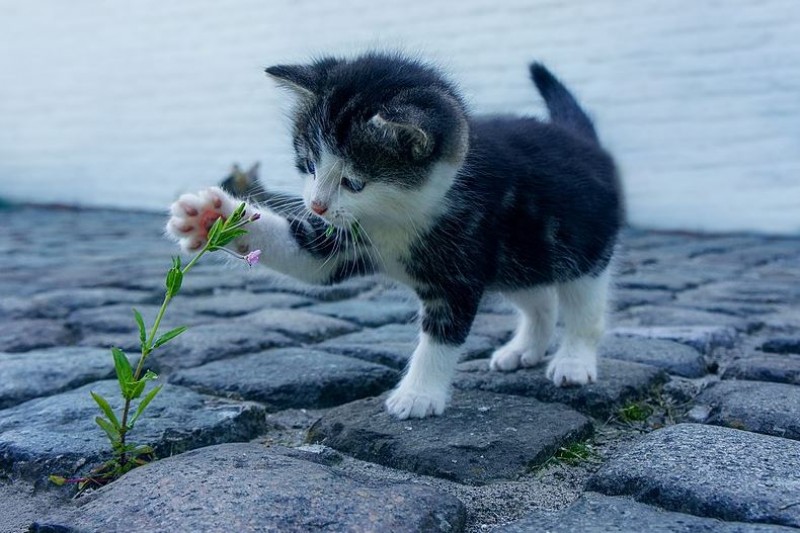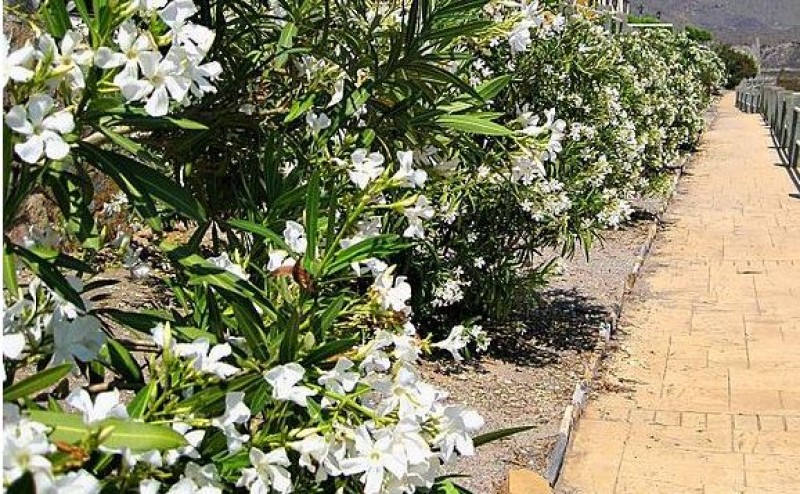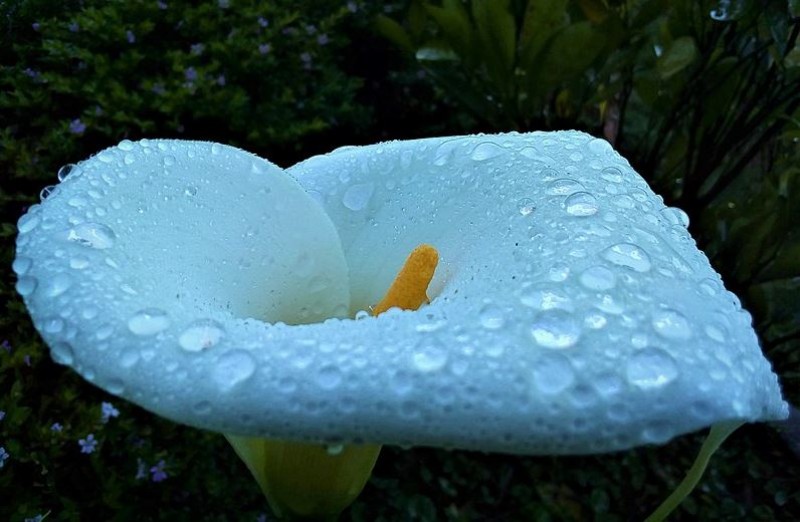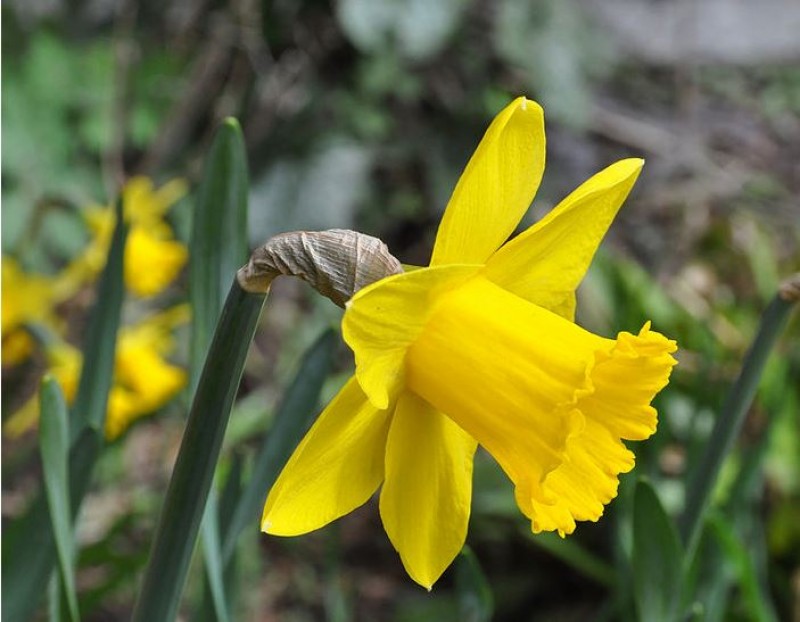7 popular plants in Spain that are poisonous to dogs and cats
Daffodils, lilies and tulips all pose a serious threat to pets in Spain

Spain is undoubtedly a nation of animal lovers, and our furry companions are welcomed as part of the family in most places, even more so now that the new Animal Rights Law deems pets as sentient beings entitled to the utmost care and consideration. In fact, the National Association of Pet Food Manufacturers (ANFAAC) estimates that there are more than 29 million pets – more than 9.31 million dogs and almost 5.86 million cats – in Spain.
But it might surprise you to know that some of the most potent dangers posed to our pets lurk within our own homes, or more specifically, gardens.
There are actually dozens of blooms that can pose a danger to our dogs and cats in Spain, and we’ve rounded up some of the most common culprits.
1. Oleander

There is hardly a main road or motorway in Spain that is not decorated with the hardy oleander shrub, and its pretty flowers have made it a staple in gardens across the country. However, it is one of the most toxic plants for pets, and ingesting even a tiny amount can lead to arrhythmia and even death.
2. Lilies

Plants of the lily family are some of the most dangerous to pets, and a single bite is enough to cause vomiting, loss of appetite, weakness, tachycardia or irregular pulse.
Furthermore, every part of the plant - stem, leaves, flowers, pistils, roots, sap and even pollen - are toxic to cats and dogs, so even licking a paw which has come into contact with lily pollen is enough to have a deadly effect.
3. Ivy

Ivy is a vine which readily grows indoors and out all across Spain. All parts of the plant are slightly toxic to pets but the fruit, if ingested, can be deadly.
Touching it can cause skin irritation or even the appearance of blisters and ulcers. Symptoms after ingesting ivy can be vomiting, stomach pains, general malaise, fever, and depending on the size of the animal, it can even lead to a coma.
4. Cyclamen

Interestingly, this colourful plant isn’t toxic to all animals and is actually very attractive to pigs, but the substance cyclamine, which concentrates in the shrub’s roots, is highly poisonous to humans, dogs and cats.
Ingesting it can lead to vomiting, diarrhoea, gastrointestinal disturbances, malaise and abdominal pain, convulsions, kidney failure and generalised paralysis. Depending on the amount of root fibres ingested, the animal may have an irregular heartbeat, and may even die.
5. Tulips

Despite its beauty and simplicity, all plants in the tulip family are highly toxic.
The root of the plant is by far the most dangerous for dogs, cats, and horses, because it is loaded with alkaloids and glycosides. The most common symptoms of poisoning by these flowers and plants are vomiting, diarrhoea, arrhythmia, respiratory difficulties, dermatitis and inflammation of the skin and mucous membranes.
6. Daffodils

Spring’s most revered flower, the entire daffodil plant is toxic, but again the worst part is the bulb, which contains the alkaloids lycorine and galantamine.
Ingestion causes vomiting, diarrhoea, arrhythmia, abdominal pain and a drop in blood pressure.
7. Poinsettia

This seasonal flowering plant usually decorates homes at Christmas time, and its bright red colour makes it very appetising for both dogs and cats.
The toxicity of the Poinsettia lies in the diterpenic esters derived from phorbol, flavonoids and euphorbons, which have toxins in the latex or milky liquid inside that are very irritating for pets, especially felines. If a cat or dog eats the Christmas plant, it can suffer from fatigue, tremors, hypersalivation, vomiting and irritation of the oesophagus and stomach.
Images: Wikimedia Commons
Loading
Sign up for the Spanish News Today Editors Roundup Weekly Bulletin and get an email with all the week’s news straight to your inbox
Special offer: Subscribe now for 25% off (36.95 euros for 48 Bulletins)
OR
you can sign up to our FREE weekly roundup!
Read some of our recent bulletins:
Discount Special Offer subscription:
36.95€ for 48 Editor’s Weekly News Roundup bulletins!
Please CLICK THE BUTTON to subscribe.
(List price 3 months 12 Bulletins)
Read more stories from around Spain:
Contact Spanish News Today: Editorial 966 260 896 /
Office 968 018 268






























